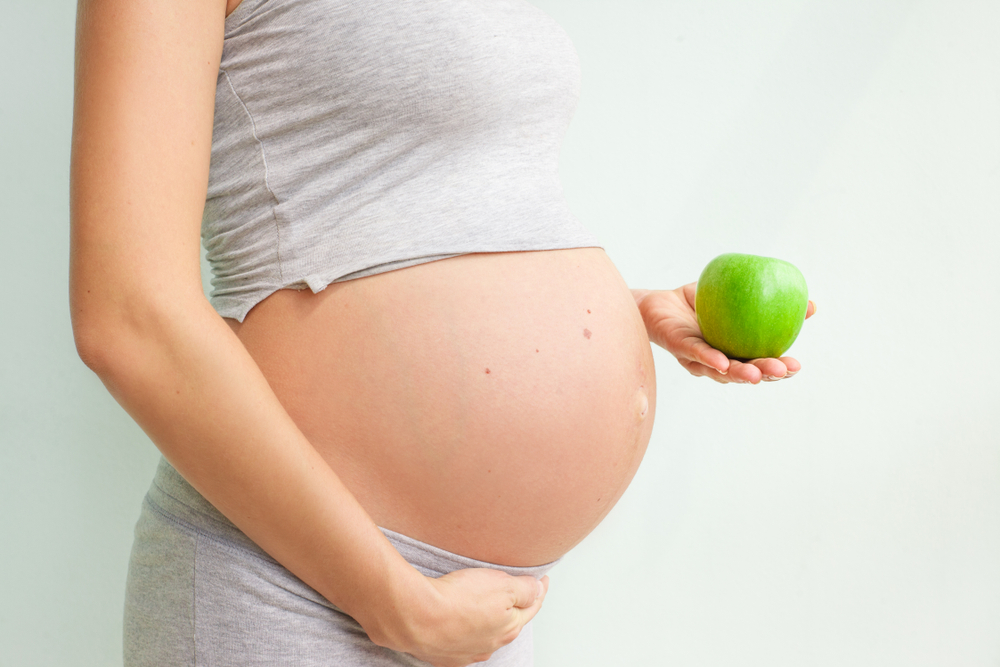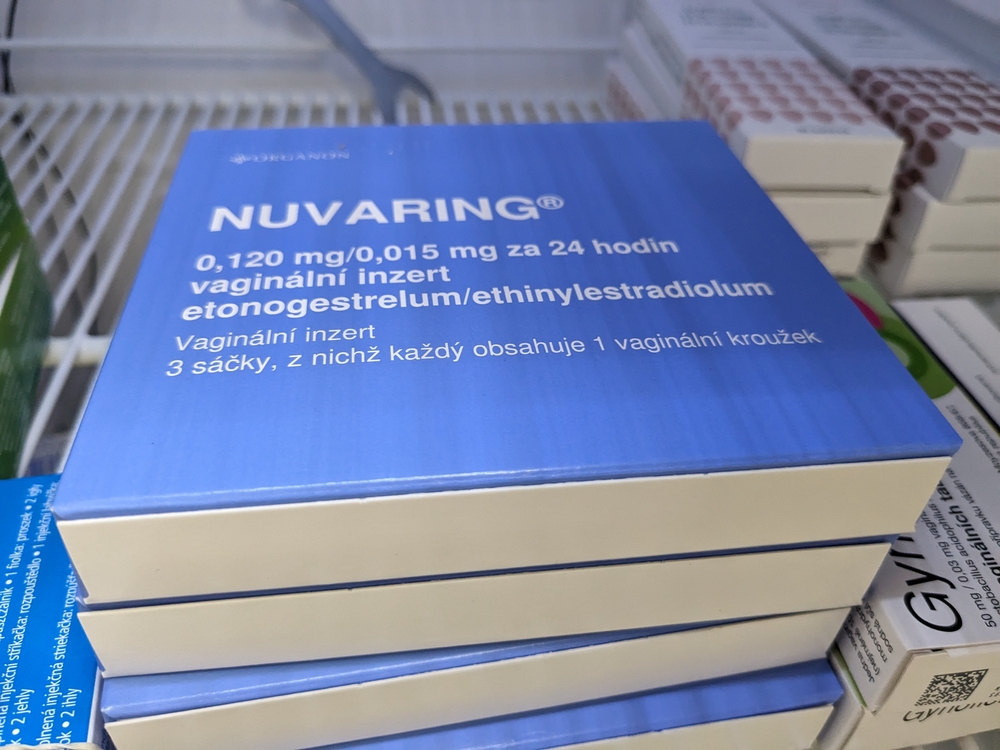The journey to motherhood is a profound one, encompassing various preparations, both mentally and physically. One often overlooked but vitally significant preparation is readying the perineum for childbirth. Today, with guidance from May-Grant Obstetrics & Gynecology, we aim to clarify this topic, ensuring mothers are better equipped for a smoother birthing experience.
The Role of the Perineum in Childbirth
Before diving into the preparations, it’s essential to understand the perineum’s role. This stretch of skin and muscle lies between the vagina and the anus. During childbirth, as the baby enters the world, the perineum plays a vital role in facilitating this passage. However, its central position makes it susceptible to stretching, potential tears, or the need for episiotomy (a surgical cut to aid delivery). Hence, priming the perineum can be pivotal in promoting elasticity and reducing the risk of injury.
1. Perineal Massage: Softening the Way
Perineal massage is one of the most widely discussed methods to enhance perineal flexibility. Engaging in this technique during the last few weeks of pregnancy can:
- Increase blood flow and elasticity
- Provide a sense of the stretching sensation during birth, mentally preparing the expectant mother
- Reduce the risk of tears or the need for episiotomy
To perform a perineal massage:
- Ensure clean hands, trimmed nails, and a calm environment.
- Use a suitable lubricant (like olive oil, almond oil, or a vitamin E-rich product).
- Sit or lie in a comfortable position, legs apart and knees bent.
- Insert thumbs about 1-2 inches inside the vagina, pressing downwards and to the sides simultaneously until a slight burning sensation is felt.
- Maintain the pressure, gently and steadily massage the lower half of the vagina using a U-shaped movement for about a minute.
- Practice this massage 3-4 times a week.
2. Pelvic Floor Exercises: Strengthening the Core
While elasticity is crucial, strength shouldn’t be sidelined. Pelvic floor exercises, commonly known as Kegels, target the muscles that support the uterus, bladder, and bowels. By toning these muscles:
- Recovery after birth may be expedited.
- The chances of incontinence postpartum can be reduced.
- Enhanced muscle control during delivery is achieved.
To practice Kegels:
- Identify the right muscles (ones used to stop the urine flow).
- Tighten these muscles, hold for a count of 10, then relax for a count of 10.
- Aim for at least three sets of 10 repetitions daily.
3. Birth Position Awareness: Aligning for Advantage
The position a mother adopts during delivery can significantly impact perineal outcomes. Some positions reduce perineal stress and enhance the baby’s alignment with the birth canal:
- Side-lying position
- Upright positions like squatting or kneeling
- Leaning forward positions
Exploring and practicing these positions during prenatal classes or consultations can offer insight into what feels most comfortable and beneficial.
4. Warm Compresses: Soothing the Stretch
During the active phase of childbirth, warm compresses applied to the perineum can offer multiple benefits:
- Reduce the severity of spontaneous tears
- Offer a soothing and pain-relieving sensation
- Increase blood flow, enhancing tissue elasticity
Guided Support with May-Grant Obstetrics & Gynecology
Preparing for childbirth, especially nuances like perineal readiness, can feel daunting. But, with expert guidance and personalized care, these preparations become manageable, effective, and integral to a positive birthing experience.
At May-Grant Obstetrics & Gynecology, our commitment extends beyond just medical care. We believe in empowering expectant mothers with knowledge, skills, and confidence as they stand on the precipice of motherhood.
Join Us in Your Birthing Journey
Childbirth is a profound melding of strength and vulnerability, challenge and triumph. As you prepare for this monumental journey, know that May-Grant Obstetrics & Gynecology is here to guide, support, and stand by you. From understanding the intricacies of your body to mastering techniques that ease your path, let us be your trusted partner. Reach out to us today, and let’s embrace this transformative journey together.
Sources
- “Perineal Care and Childbirth: A Comprehensive Study” – Dr. Lila Henderson, Pregnancy Health Journal, 2022.
- “The Power of Perineal Massage in Birth” – May-Grant Research Team, Obstetric Practice Quarterly, 2021.
- “Pelvic Floor and Its Role in Childbirth” – Dr. Maria Gonzales, Women’s Health Chronicles, 2020.
















